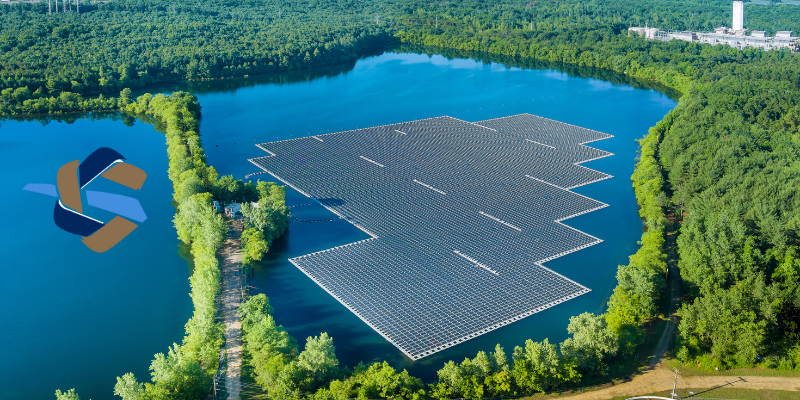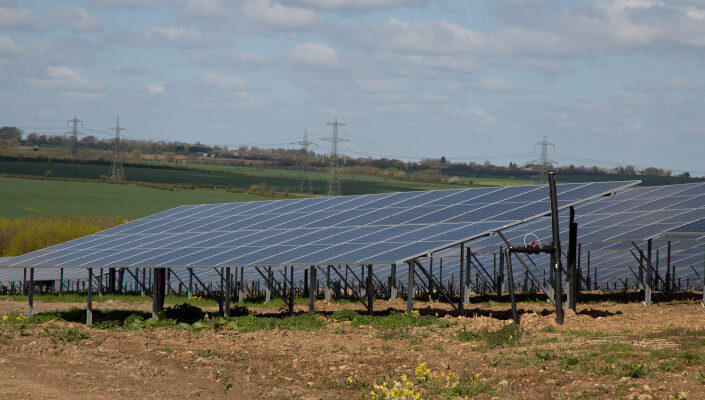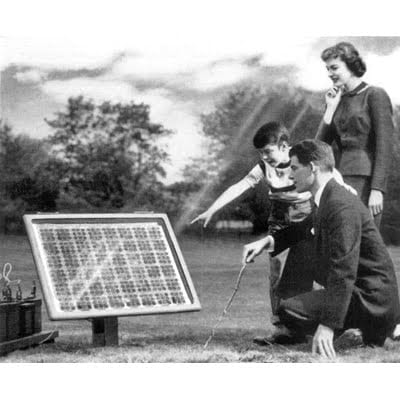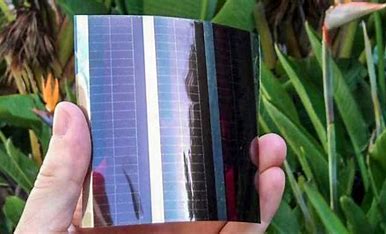As the demand for renewable energy solutions grows, floating solar farms have emerged as a groundbreaking innovation that combines solar power with the untapped potential of water bodies. This technology not only maximizes land use but also offers a range of environmental and economic benefits, making it an exciting development in the quest for sustainable energy.
Floating solar farms consist of solar panels mounted on floating platforms that are anchored to bodies of water such as lakes, reservoirs, or even the sea. These systems allow solar panels to float on the water’s surface, capturing sunlight to generate electricity while minimizing land use.
One of the most significant advantages of floating solar farms is their ability to save valuable land resources. By utilizing bodies of water that might otherwise be unused, these farms help preserve land for agriculture, conservation, or urban development.
Water bodies provide a natural cooling effect that helps keep the solar panels at optimal temperatures. Cooler panels can operate more efficiently, resulting in increased energy output compared to traditional land-based solar installations.
Floating solar farms can help reduce water evaporation from reservoirs and lakes. This can be particularly beneficial in arid regions where water conservation is critical.
Floating solar farms have a lower environmental impact compared to some other energy sources. They produce clean energy without disrupting local ecosystems or wildlife habitats. Additionally, they can help in reducing water pollution by shading the water surface and minimizing algae growth.
By utilizing existing water bodies, floating solar farms can reduce the need for large tracts of land and associated infrastructure costs. They can also be deployed in areas where land acquisition or development is challenging.
While floating solar farms offer numerous benefits, they are not without challenges. They require specialized materials and technology to ensure the panels are resistant to water and weather conditions. Additionally, maintenance and installation can be more complex compared to traditional solar farms.
Floating solar farms represent a promising and innovative approach to expanding solar energy capacity. By leveraging water bodies, they offer a sustainable solution that addresses land scarcity, enhances efficiency, and provides additional environmental benefits. As technology continues to advance, floating solar farms could play a pivotal role in meeting global energy needs while supporting a greener, more sustainable future.










